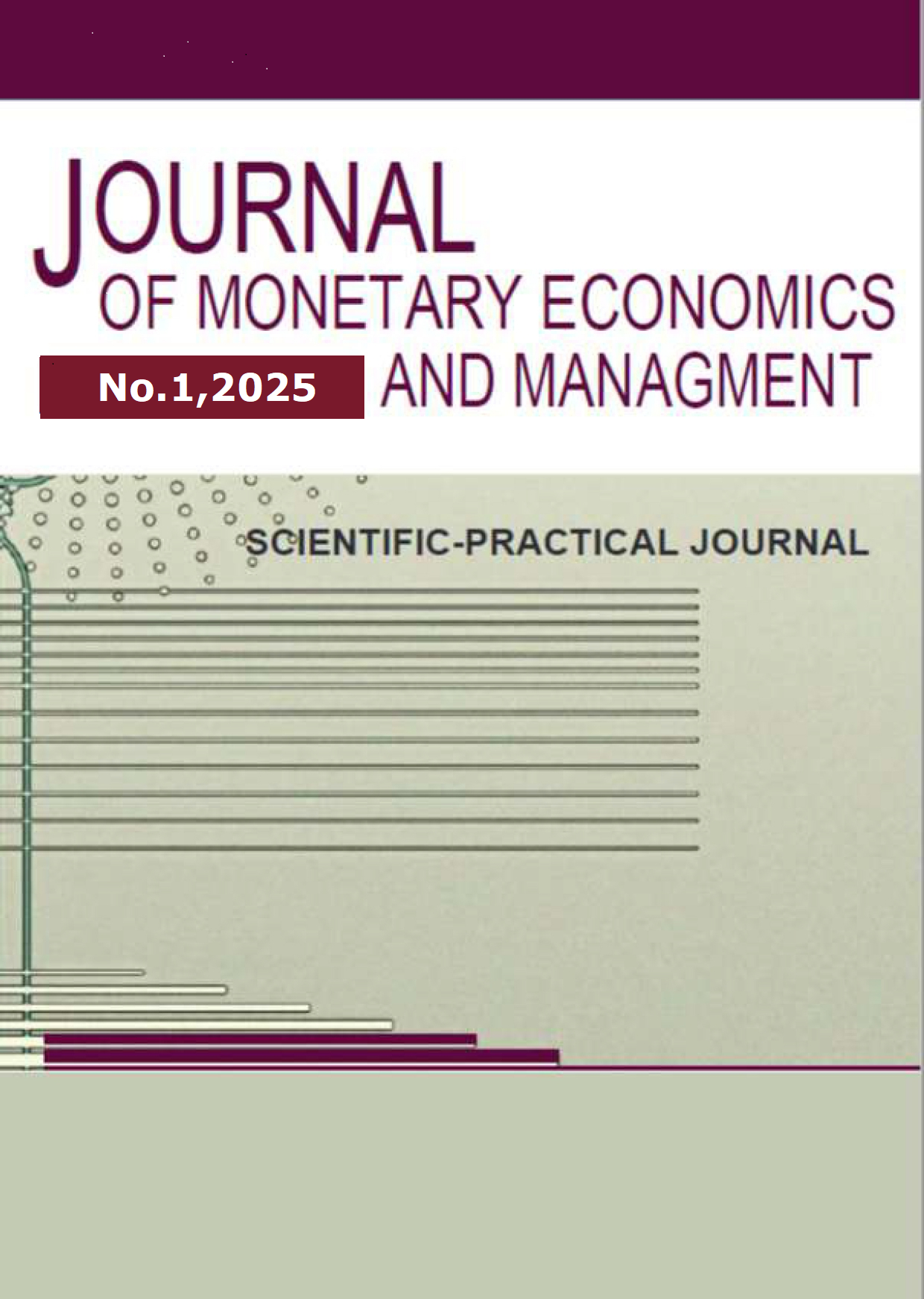graduate student
student
student
The growth of BRICS marks a significant shift in the global power, challenging the traditional dominance of Western economic forces and signaling the emergence of a more multipolar world order. This paper explores the potential expansion of BRICS and its impact on geopolitical and economic dynamics worldwide. It focuses on both the strategic benefits and challenges posed by an expanded membership, emphasizing the role of BRICS in promoting economic cooperation and reforming global governance. Key issues, such as internal conflicts among member states and external geopolitical pressures, are examined, illustrating the complexities that hinder the group’s cohesion and effectiveness. Despite these obstacles, the paper identifies several opportunities for BRICS to evolve and further its influence. It argues that while BRICS faces significant challenges, its continued growth has the potential to reshape international relations and foster a more inclusive global governance system. The insights gained from this research could help inform strategic efforts to strengthen the position of emerging economies in the global marketplace and enhance their influence in shaping international economic policies.
BRICS Expansion, Economic Cooperation, Trading, Strategic Alliances, Integration, export and import.
1. Chang, V., Chen, Y. and Xiong, C. (2018) ‘Dynamic interaction between Higher Education and Economic Progress: A Comparative Analysis of BRICS countries’, Information Discovery and Delivery, 46(4), pp. 225–238. doihttps://doi.org/10.1108/idd-07-2018-0023.
2. Chatterjee, M. and Naka, I. (2022) ‘Twenty Years of BRICS: Political and economic transformations through the lens of land’, Oxford Development Studies, 50(1), pp. 2–13. doihttps://doi.org/10.1080/13600818.2022.2033191.
3. Chaturvedi, S. and Saha, S. (2019) ‘Role of brics’ economic cooperation for global governance and institution-building: An Indian perspective’, Strategic Analysis, 43(6), pp. 558–570. doihttps://doi.org/10.1080/09700161.2019.1694643.
4. Dyvik, E.H. (2024) Brics vs G7 GDP as a share of world total 2024, Statista. Available at: https://www.statista.com/statistics/1412425/gdp-ppp-share-world-gdp-g7-brics/ (Accessed: 28 July 2024).
5. Hooijmaaijers, B. (2021) ‘The internal and external institutionalization of the BRICS countries: The case of the new development bank’, International Political Science Review, 43(4), pp. 481–494. doihttps://doi.org/10.1177/01925121211024159.
6. Kirton, J. and Larionova, M. (2022) ‘The first fifteen years of the BRICS’, International Organisations Research Journal, 17(2), pp. 7–30. doihttps://doi.org/10.17323/1996-7845-2022-02-01.
7. July, E. Sasipornkarn and Sasipornkarn, E. (2024) Why are Southeast Asian countries looking to join BRICS?, The Business Standard. Available at: https://www.tbsnews.net/features/panorama/why-are-southeast-asian-countries-looking-join-brics-892881 (Accessed: 02 August 2024).
8. Muhr, T. and Azevedo, M. de (2018) ‘The BRICS development and education cooperation agenda’, Vestnik RUDN. International Relations, 18(3), pp. 517–534. doihttps://doi.org/10.22363/2313-0660-2018-18-3-517-534.
9. Suchodolski, S.G. and Demeulemeester, J.M. (2018) ‘The BRICS coming of age and the New Development Bank’, Global Policy, 9(4), pp. 578–585. doihttps://doi.org/10.1111/1758-5899.12600.
10. Sun, J. and Yang, A. (2021) ‘Optimism beyond the problems: brics higher education cooperation from a Chinese perspective’, Revista Española de Educación Comparada, (39), pp. 103–122. doihttps://doi.org/10.5944/reec.39.2021.29840.
11. Zhongxiu, Z. (2022) ‘Promoting brics cooperation for economic growth and development’, Revista Tempo do Mundo (RTM): n. 22, abr. 2020, 22, pp. 39–57. doihttps://doi.org/10.38116/rtm22art2.










